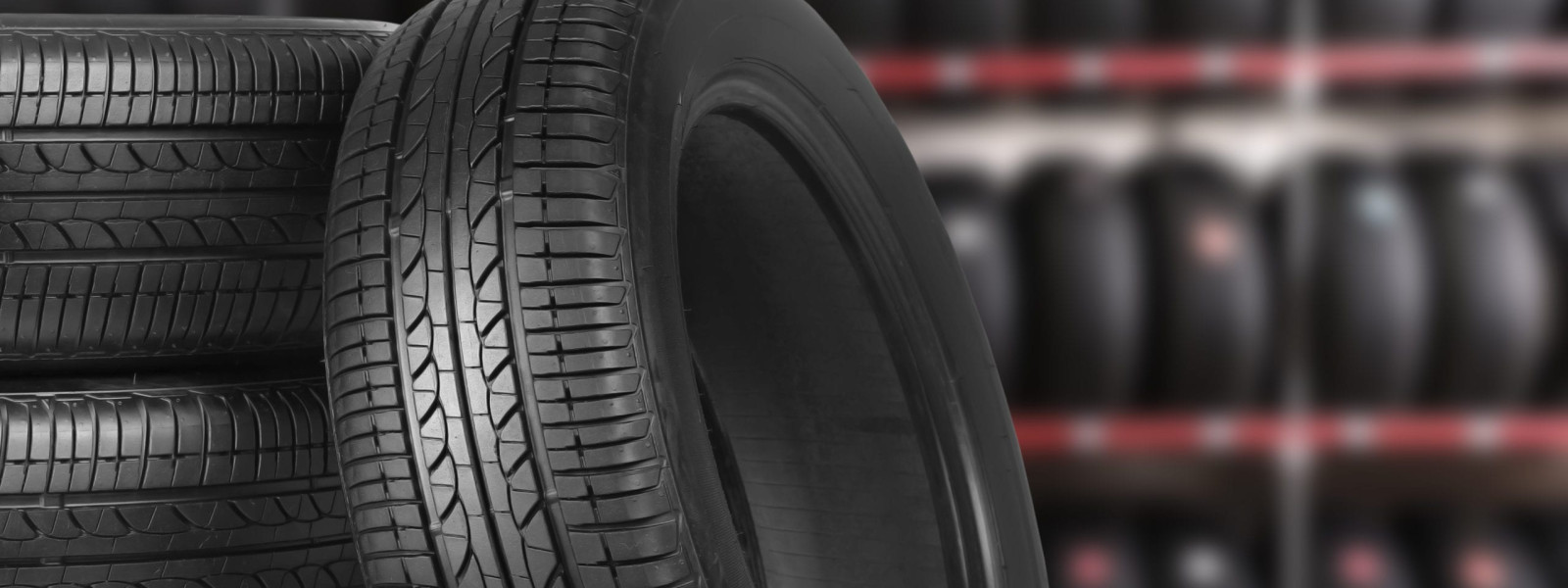Why No Vehicle is Too High-Tech for Winter Tires

When you look at the safety features of a new Jaguar, Bentley or Aston Martin, it reads like a wishlist of high-technology. Depending on which ride you choose, you may be able to depend on:
Electronic Stability Control
Roll Stability Control
ABS
Driveline Traction Control
Front & Rear Parking Sensors
Autonomous Emergency Braking
Lane Keep Assist Lane Departure Warning
Tire-Specific Low Tire Pressure Warning
It’s like you don’t have to worry about making mistakes when you accelerate, corner, brake, change lanes, or even park. Of course, drivers still need to pay attention to traffic and road conditions when they drive – especially in winter.
But having all this tech at your disposal can make you feel a little more invincible than usual. And it can become an excuse for not taking all the precautions that you should in winter, especially when it comes to using winter tires.
4 Reasons Why You Need Winter Tires Regardless of the Tech
When you look at each of the reasons listed below, you’ll see that they apply no matter what safety features you have in your car.
Shorter Stopping Distances – A recent Consumers Reports study showed an average 1.8 m shorter stopping distance for vehicles travelling on ice with winter tires versus those using all-season tires. Those stopping distances will be shorter even if you have ABS, traction control, stability control and/or braking assists.
Different Rubber Compounds – Winter tire compounds remain grippy in very cold temperatures. This is the main counter to the “we don’t get enough days with snow in Toronto” argument against winter tires. Even if there is no snow or ice, winter tires will still help you stop shorter.
Wider Tires – One of the biggest myths about winter driving is that wider tires will keep more rubber on the road. Aside from the fact that your all-seasons will lose some traction due to their rubber compound, a wider tire “floats” on top of snow and slush, while narrower winter tires dig in for more grip.
Tread Patterns – Even on really cold days, the pressure of tires on ice or snow forms a thin layer of water. The tread pattern of winter tires, combining large grooves and small channels, is designed to direct the water away from under the tire to improve traction.
Not only is Westminster your go-to shop for authentic Bentley and Jaguar parts and service, but we’ll swap out your summer tires for winter’s lickety-split too. If you’re a Bentley aficionado, check out our article “A Tribute to the Bentley Flying Spur as it Turns 40,000”.